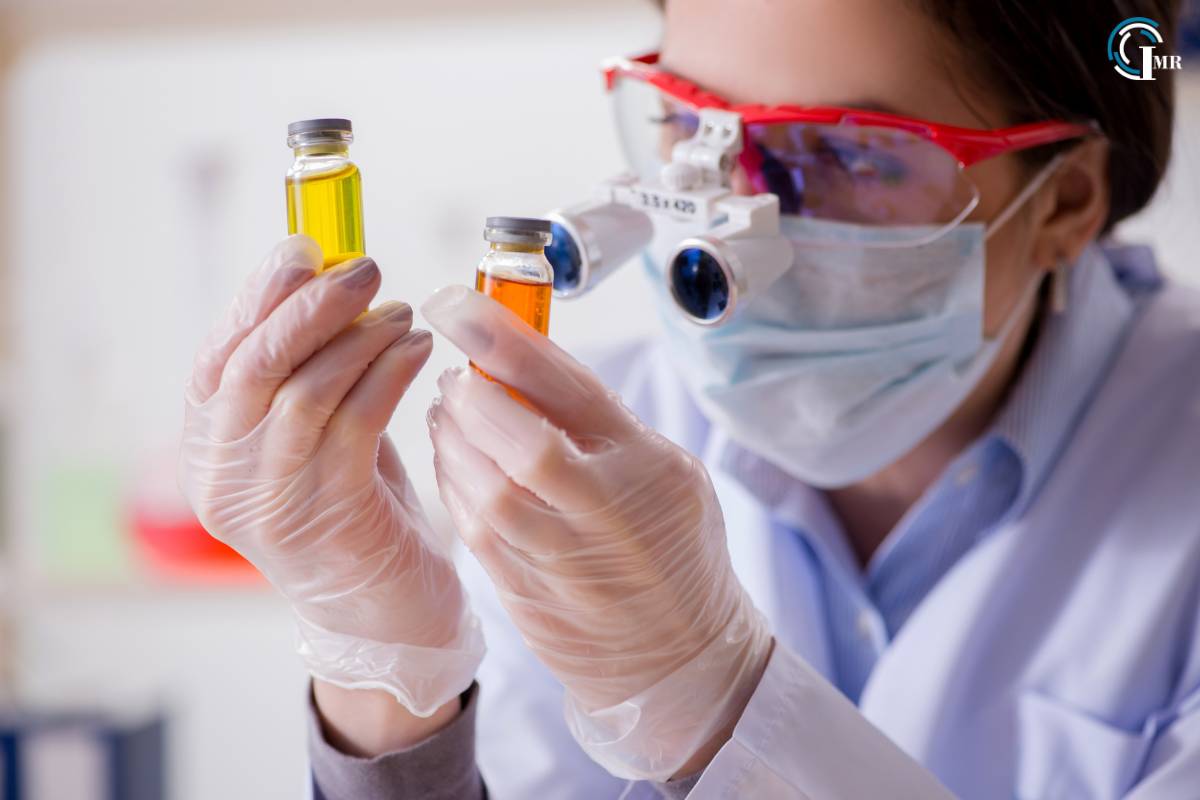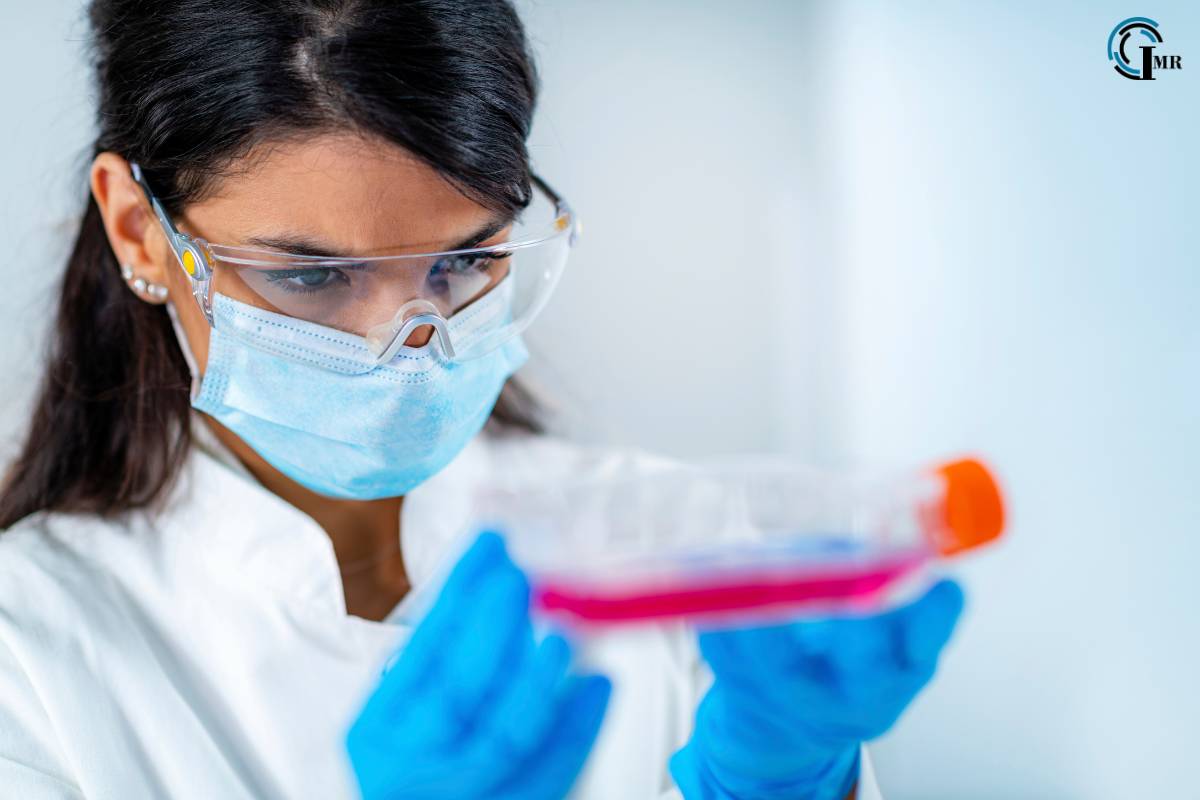
Drug development is a complex and multifaceted process that transforms a potential new medication from a mere concept into a commercially available drug. This process involves numerous stages, each requiring rigorous scientific research, clinical trials, and regulatory approvals. As the pharmaceutical industry continues to evolve, understanding the process of developing drugs is crucial for stakeholders across various sectors. This article explores the intricacies of drug development, its stages, and the role of emerging technologies such as genotyping in shaping the future of medicine.
Understanding Drug Development
It is a multi-stage process that begins with the discovery of new drug compounds and ends with the availability of a new drug on the market. The primary goal is to ensure that the new drug is both effective and safe for use. This process is essential for introducing new therapies that can improve patient outcomes and address unmet medical needs.
1. Discovery and Preclinical Research
The initial phase of drug development is discovery, where scientists identify and validate new drug targets. This step involves understanding the underlying mechanisms of diseases and exploring how new compounds can interact with these targets to achieve therapeutic effects.
Once potential drug candidates are identified, they undergo preclinical research. This stage involves extensive laboratory testing and animal studies to evaluate the drug’s safety, efficacy, and pharmacokinetics. The aim is to gather enough data to support the transition to human trials. During this phase, researchers also use various technologies to study genetic variations, which is where the genotyping industry plays a crucial role. By analyzing genetic data, researchers can better understand how different individuals might respond to the drug, tailoring treatments to specific genetic profiles.
2. Clinical Trials

Following successful preclinical research, drug development moves into the clinical trial phase. Clinical trials are conducted in three main phases:
- Phase I: This phase involves testing the drug on a small group of healthy volunteers or patients to assess its safety, dosage, and side effects. Researchers closely monitor participants for adverse reactions and determine the appropriate dosage range.
- Phase II: In this phase, the drug is administered to a larger group of patients who have the condition the drug aims to treat. The primary focus is on evaluating the drug’s efficacy and further assessing its safety. Researchers gather data on how well the drug works and any potential side effects.
- Phase III: This phase involves large-scale trials with diverse patient populations to confirm the drug’s effectiveness and monitor its long-term safety. Successful completion of Phase III trials provides the data required for regulatory approval.
Throughout these phases, the genotyping industry contributes significantly by providing insights into genetic variations that may affect drug response. Genotyping helps identify biomarkers that can predict how individuals will respond to the drug, enabling more personalized treatment approaches.
3. Regulatory Review and Approval
After successful clinical trials, the next step in drug development is regulatory review. Drug developers submit a New Drug Application (NDA) to regulatory authorities such as the U.S. Food and Drug Administration (FDA) or the European Medicines Agency (EMA). This application includes comprehensive data from all stages of the process of drug development, including clinical trial results, preclinical research, and manufacturing information.
Regulatory agencies thoroughly review the submitted data to ensure that the drug meets the required standards for safety, efficacy, and quality. If the drug passes this rigorous evaluation, it receives approval for market use.
4. Post-Market Surveillance
Even after a drug is approved and available on the market, the drug development process continues through post-market surveillance. This phase involves monitoring the drug’s long-term effects in the general population. Pharmaceutical companies are required to report any adverse events or side effects to regulatory agencies.
Post-market surveillance is crucial for identifying any rare or unexpected side effects that may not have been detected during clinical trials. This ongoing monitoring helps ensure the continued safety and efficacy of the drug.
5. The Role of Genotyping in Drug Development
The genotyping industry has become increasingly important in drug development. Genotyping involves analyzing an individual’s DNA to identify genetic variations that may influence drug response. This information is valuable for several reasons:
- Personalized Medicine: Genotyping helps in developing personalized treatment plans based on an individual’s genetic profile. By understanding genetic variations, researchers can tailor drug therapies to be more effective and reduce the risk of adverse reactions.
- Drug Efficacy: Genetic information can predict how well a drug will work for different individuals. This allows for the optimization of drug dosages and treatment regimens, improving overall efficacy.
- Risk Assessment: Genotyping can identify genetic markers associated with an increased risk of adverse drug reactions. This information helps in selecting the most appropriate drugs for patients and minimizing potential risks.
- Drug Discovery: The genotyping industry aids in discovering new drug targets by analyzing genetic data related to disease mechanisms. This can lead to the development of novel therapies and treatments.

6. Emerging Trends in Drug Development
As the pharmaceutical industry continues to advance, several emerging trends are shaping the future of drug development:
- Precision Medicine: The integration of genotyping data into drug development is driving the shift towards precision medicine. This approach involves tailoring treatments based on individual genetic profiles, leading to more effective and personalized therapies.
- Artificial Intelligence and Machine Learning: AI and machine learning are revolutionizing drug development by analyzing vast amounts of data to identify potential drug candidates, predict drug interactions, and optimize clinical trial designs.
- Biologics and Biopharmaceuticals: There is a growing focus on developing biologics and biopharmaceuticals, which are complex molecules derived from living organisms. These therapies offer new treatment options for various diseases and conditions.
- Regenerative Medicine: Advances in regenerative medicine, including stem cell therapy and gene editing technologies, are opening new avenues for drug development and treatment.

7. Challenges in Drug Development
Despite the advancements, drug development faces several challenges:
- High Costs: It is an expensive process, with costs reaching billions of dollars. This includes research and development, clinical trials, and regulatory compliance.
- Time-Consuming: This process is lengthy, often taking over a decade from discovery to market approval. This extended timeline can delay the availability of new therapies.
- Regulatory Hurdles: Navigating regulatory requirements and obtaining approvals can be complex and time-consuming. Drug developers must adhere to strict guidelines to ensure compliance.
- Ethical Considerations: Ethical issues related to clinical trials, patient consent, and data privacy must be carefully managed throughout the drug development process.
Conclusion
Drug development is a dynamic and intricate process that involves multiple stages, from discovery to market approval and beyond. The integration of genotyping and other emerging technologies is transforming the landscape of drug development, enabling more personalized and effective treatments. As the pharmaceutical industry continues to evolve, addressing challenges and leveraging innovations will be key to advancing drug development and improving patient care. Understanding these processes and trends is essential for stakeholders across the industry, from researchers and regulators to patients and healthcare providers.





Comments